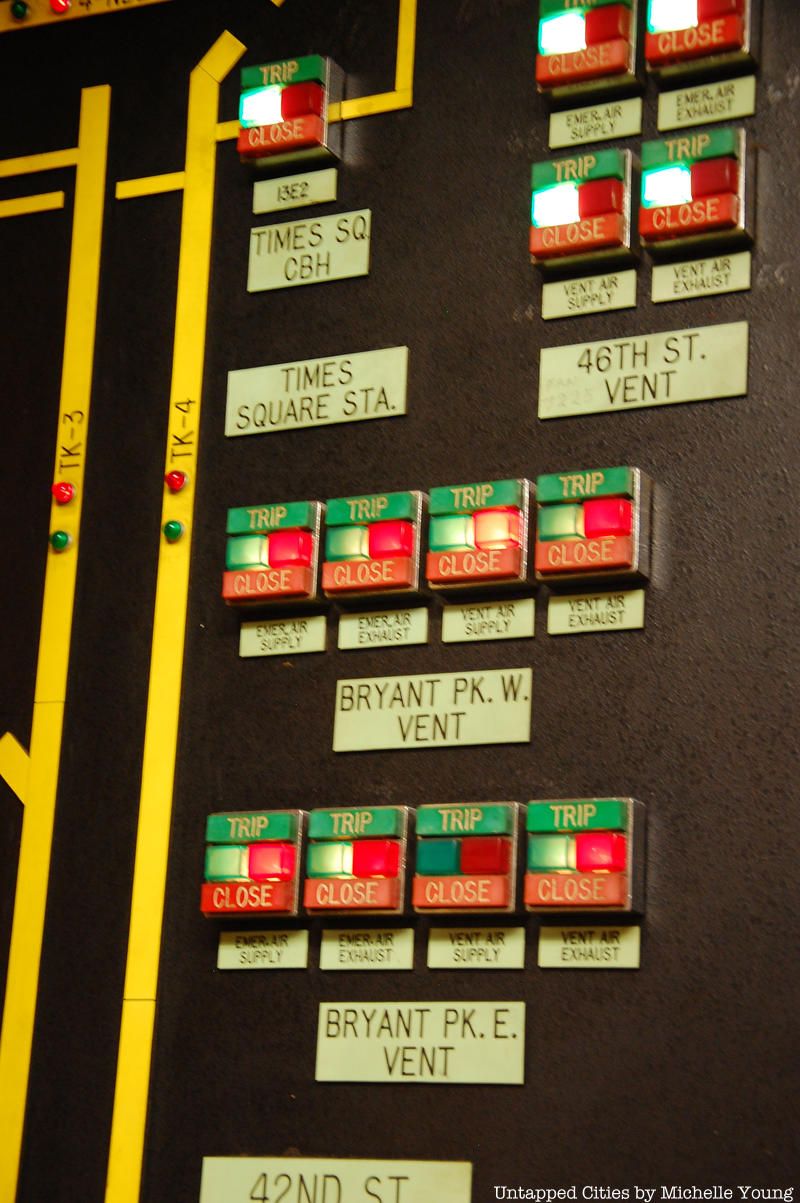Behind the Curtain Wall w/ NYC Architect Richard Roth Jr.: Alexander's
Discover an unlikely friendship that emerged from the design of a lost NYC department store!

The New York Subway system opened to the public for the first time on October 27th, 1904 and changed the face of mass transit in the city forever. Today, it takes no less than 40 minutes to travel up Manhattan from South Ferry to Washington Heights two hundred blocks away (that is, if you take the right train), a journey that would would normally be five times as long on foot.
It’s a 24-hour system that ferries you and millions of New Yorkers around the city every day, but you may be unaware of the technology behind it. Did you know one of the main subway traffic controllers is housed in the West 4th Street station? Did you know that much of the machinery used to monitor the trains dates back to the 1950s and earlier? In an exclusive video exploring the antiquated system behind subway control, the MTA showcases its very old, very outdated, but still effective technology, and looks to the future of the subway commute with a brand new method of monitoring traffic. That method is called communications-based train control, and, once implemented in trains all over the city, will finally modernize the subway.
We are not joking when we say that the current traffic control system has not changed since the subway opened a hundred years ago. The same equipment and the same methods are still in use, mainly a master switchboard, hand-written charts updated as trains pass checkpoints, levers used to move tracks in the tunnels, and even an employee relaying announcements through the intercom in a machine-like affectation.


A signal control board in the 53rd Street power station
Each control tower houses a relay room with equipment that dates back at least to the 1940s. There, thousands of wires, control panels, and switches, all electromechanical relays that are more than 50 years old, are still in use. The equipment is not supplied by the railroad industry. Instead, the MTA maintains its own repair shop to replace the ancient wires and switches.
Tracking the trains, too, does not come easily. Currently, the MTA subways use what is called fixed block signaling, or a system in which the train tracks are separated into blocks that sense when a train is using it and switch from open to occupied. By relaying its signal to control towers, who relay instructions to the trains, the system keeps trains from getting to close in proximity
Communications-based train control, referred to as CBTC, is the MTA’s master project, expected to continue for some time. Instead of fixed blocks, the signaling device is attached to the train car itself, allowing it to wirelessly communicate with the devices of other trains, eliminating the mechanism originally in the tracks. Primarily, this will allow trains to travel closer together and increase schedule frequency because it will allow control towers to directly see where the trains are, something they could only guess at using the fixed blocks.
The L train was shut down for 9 weeks this past spring to install the new system. The 7 train is already undergoing preparations for the transition, which will mean even more shutdowns. Eventually, some of New York City’s busiest lines, the ACE, 123, and NQR lines, will go offline as the train cars, tracks, and controllers are retrofitted with the new technology. It will be decades before the entire city’s subway system will be switched over, but with New York’s fast-increasing population in mind, it’s a multi-billion dollar undertaking the MTA is willing to take.
Next, read about the opening of the NYC Subway in 1904. Get in touch with the author @jinwoochong.
Subscribe to our newsletter